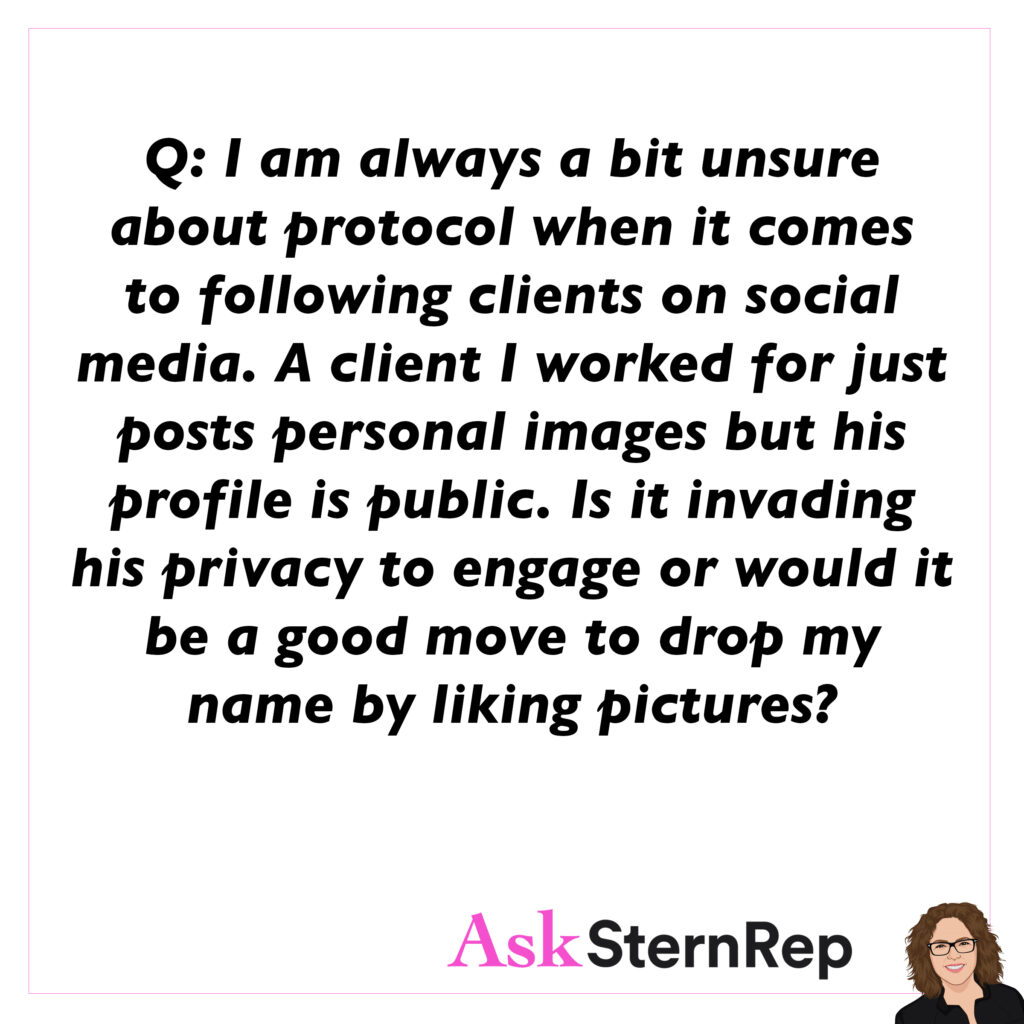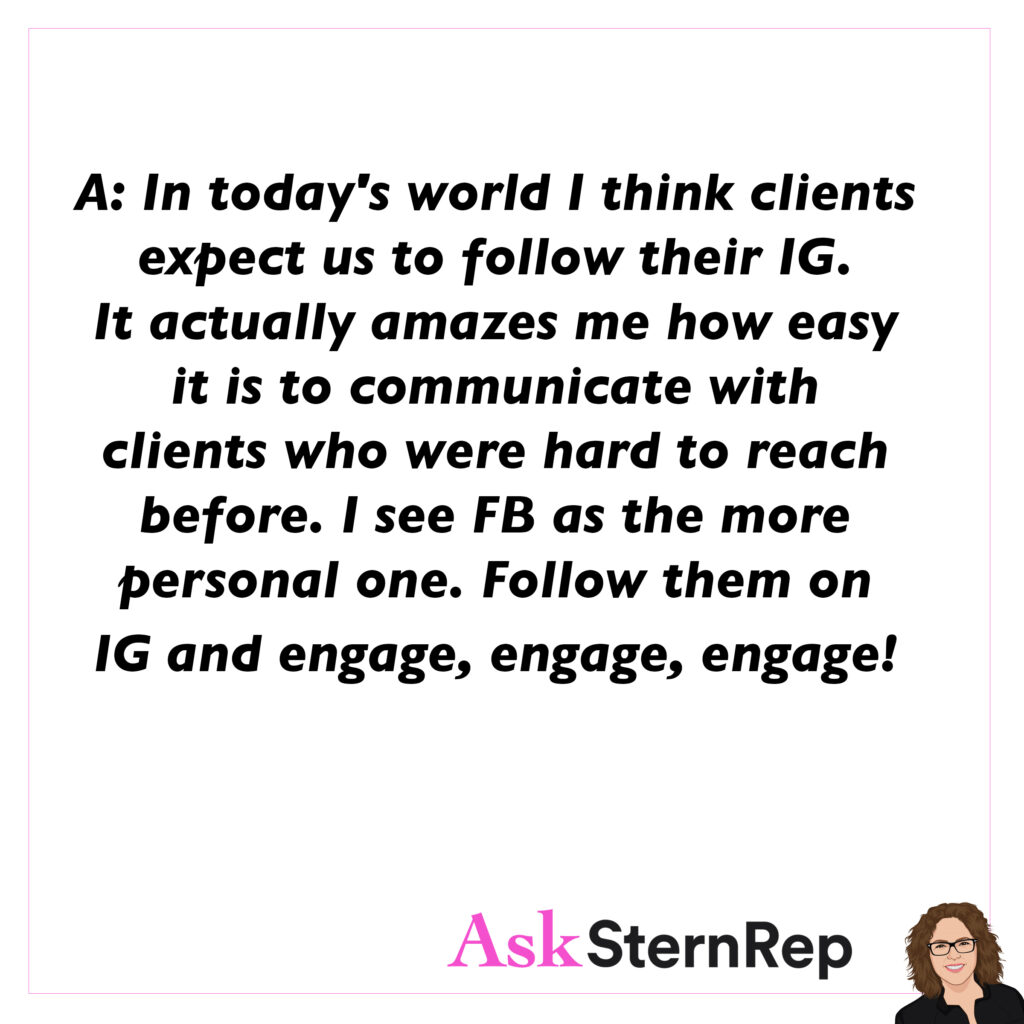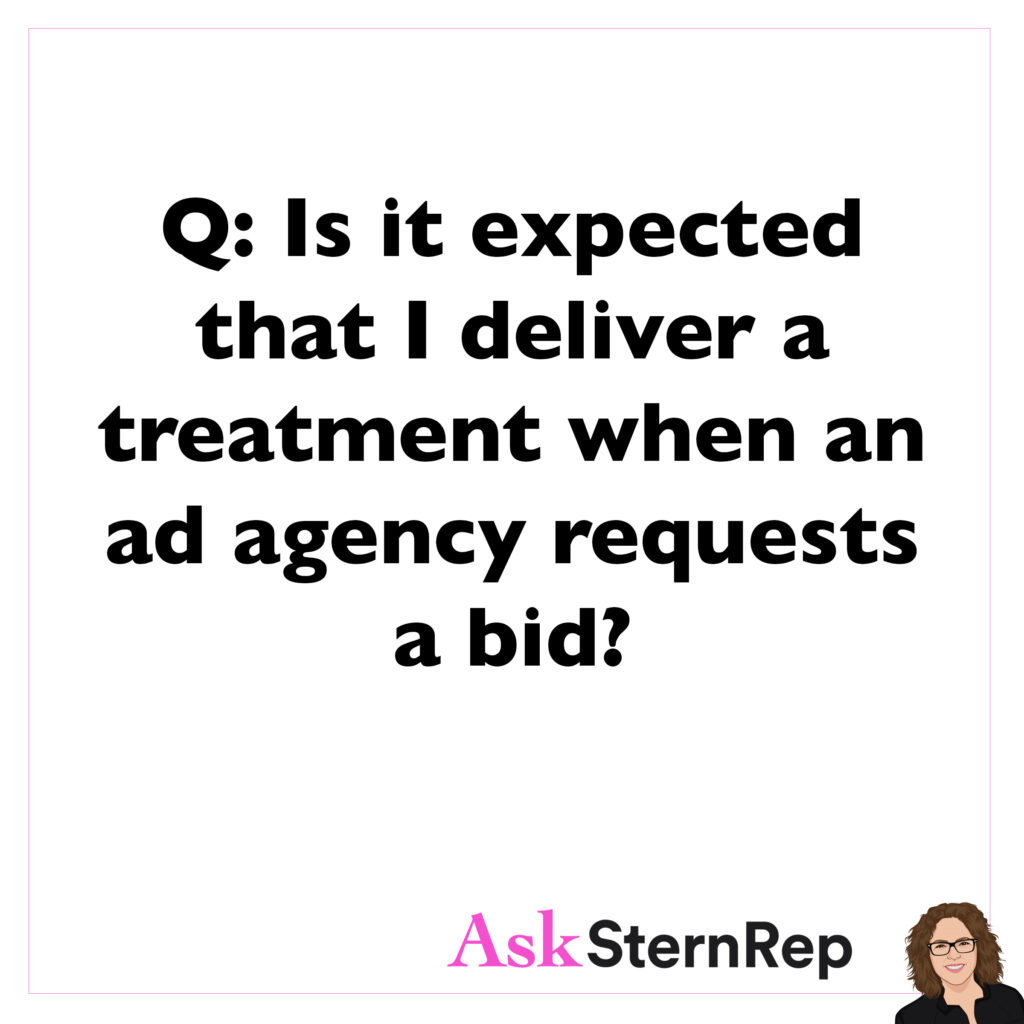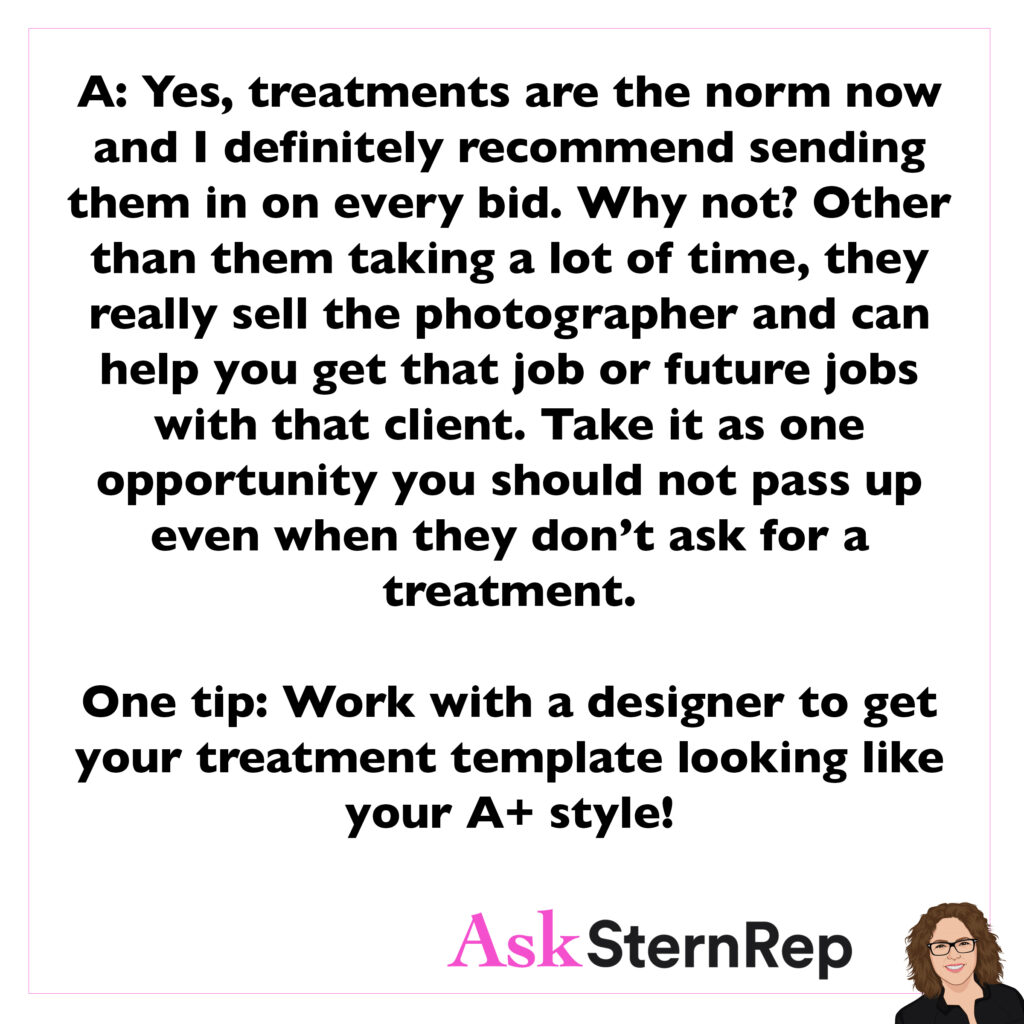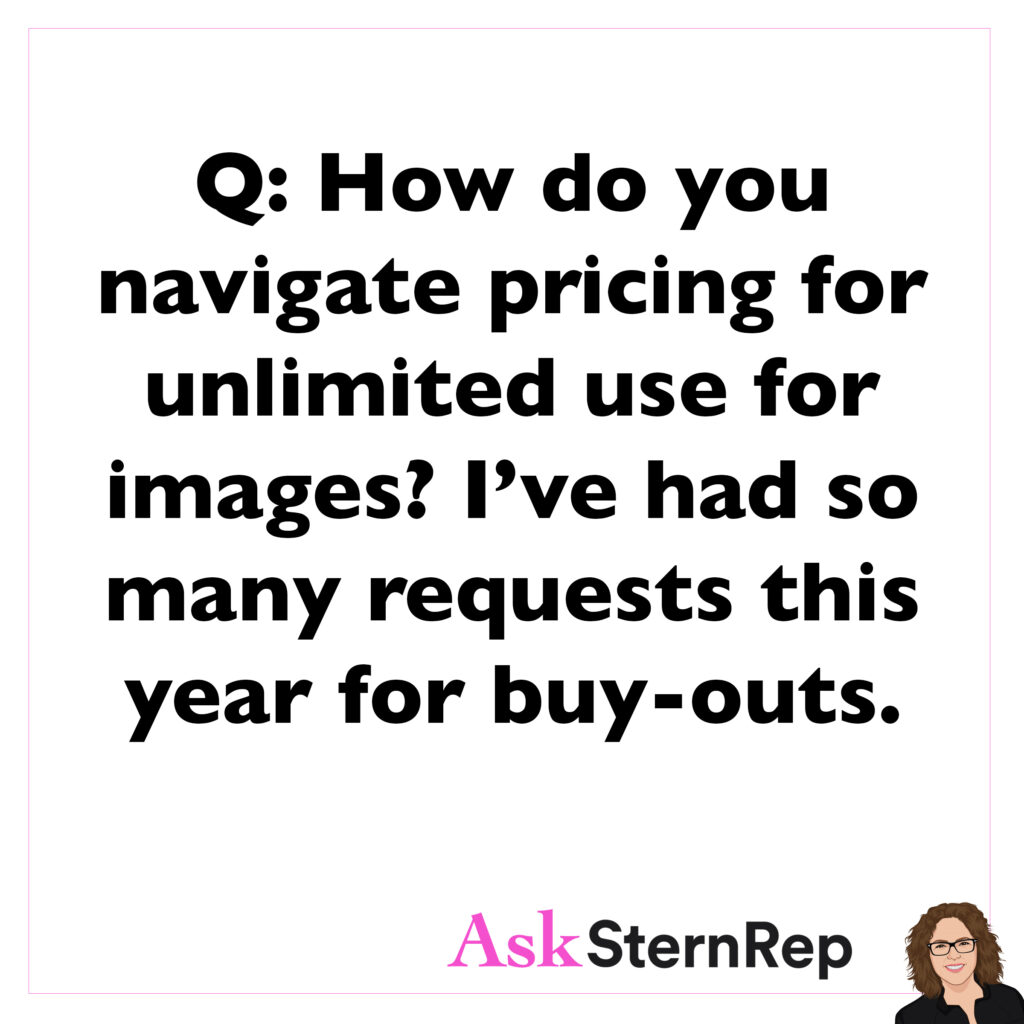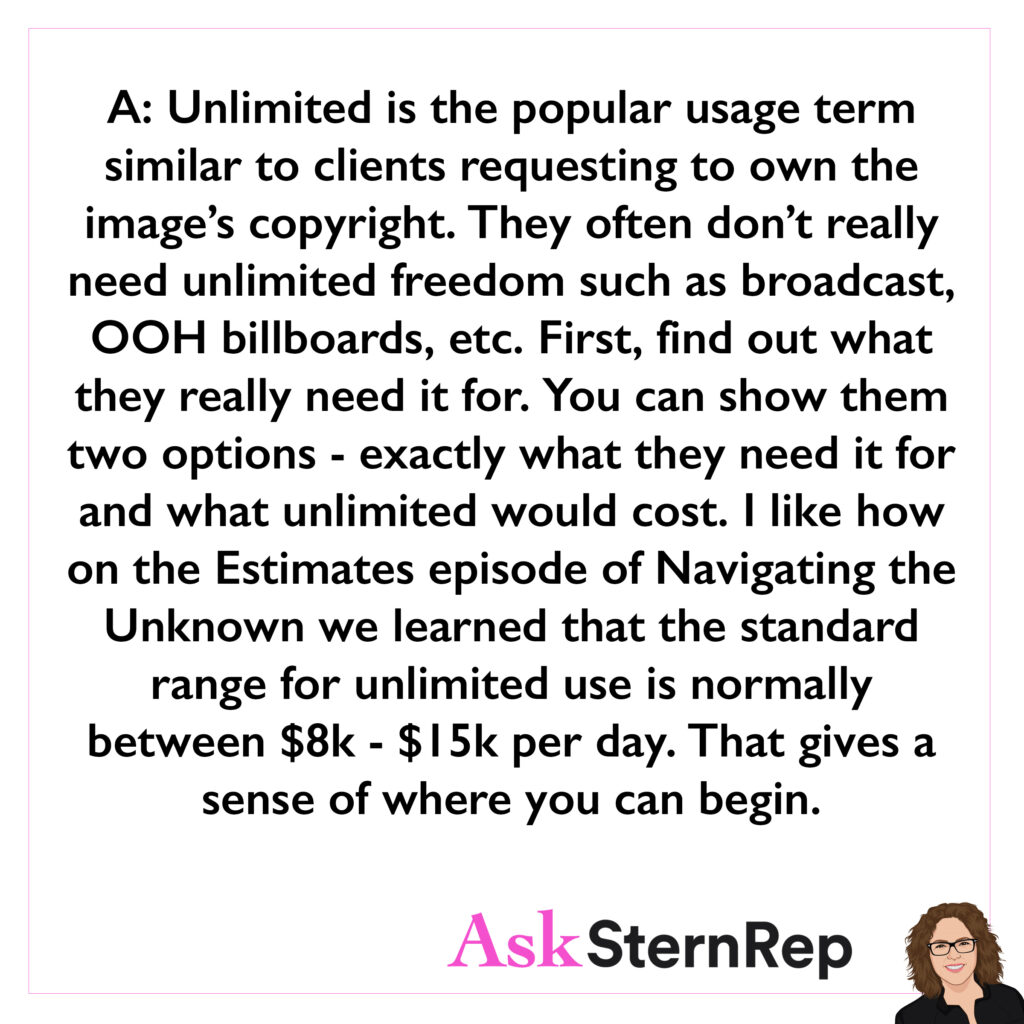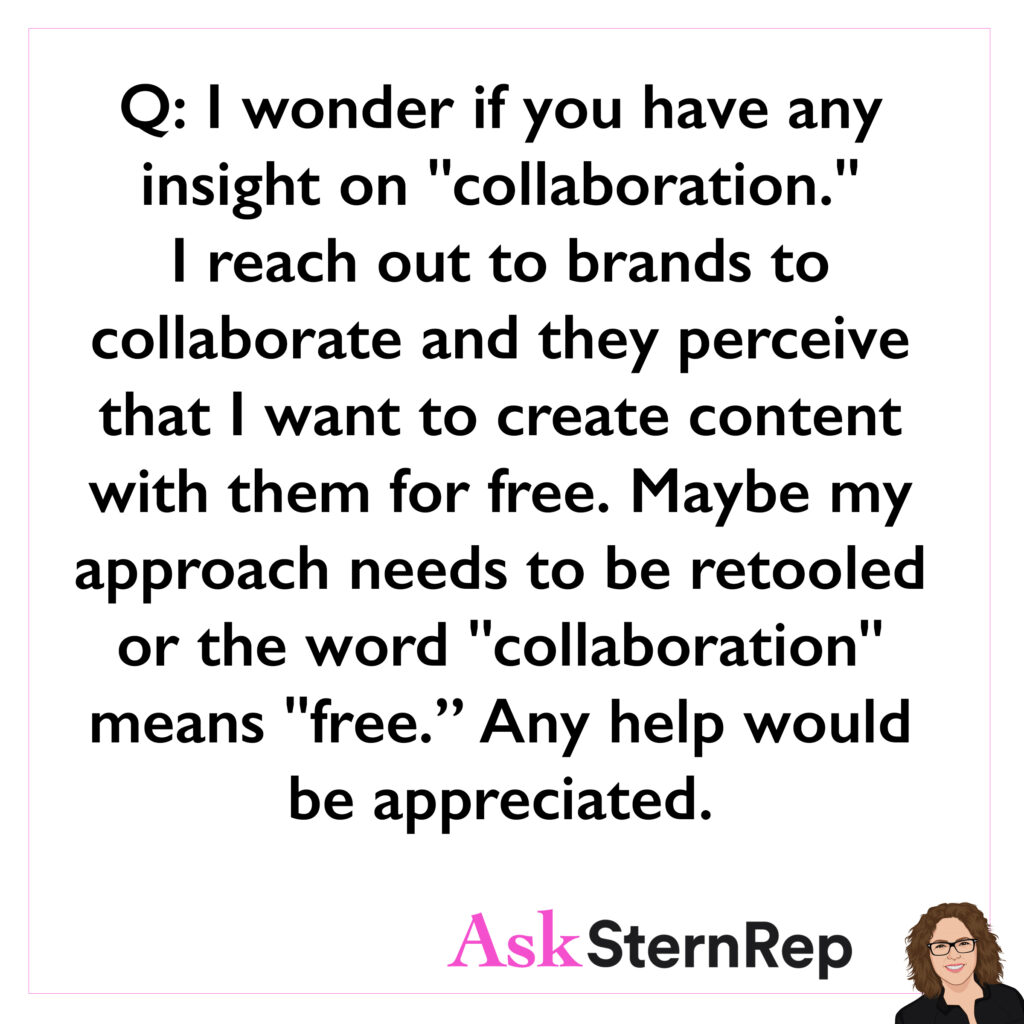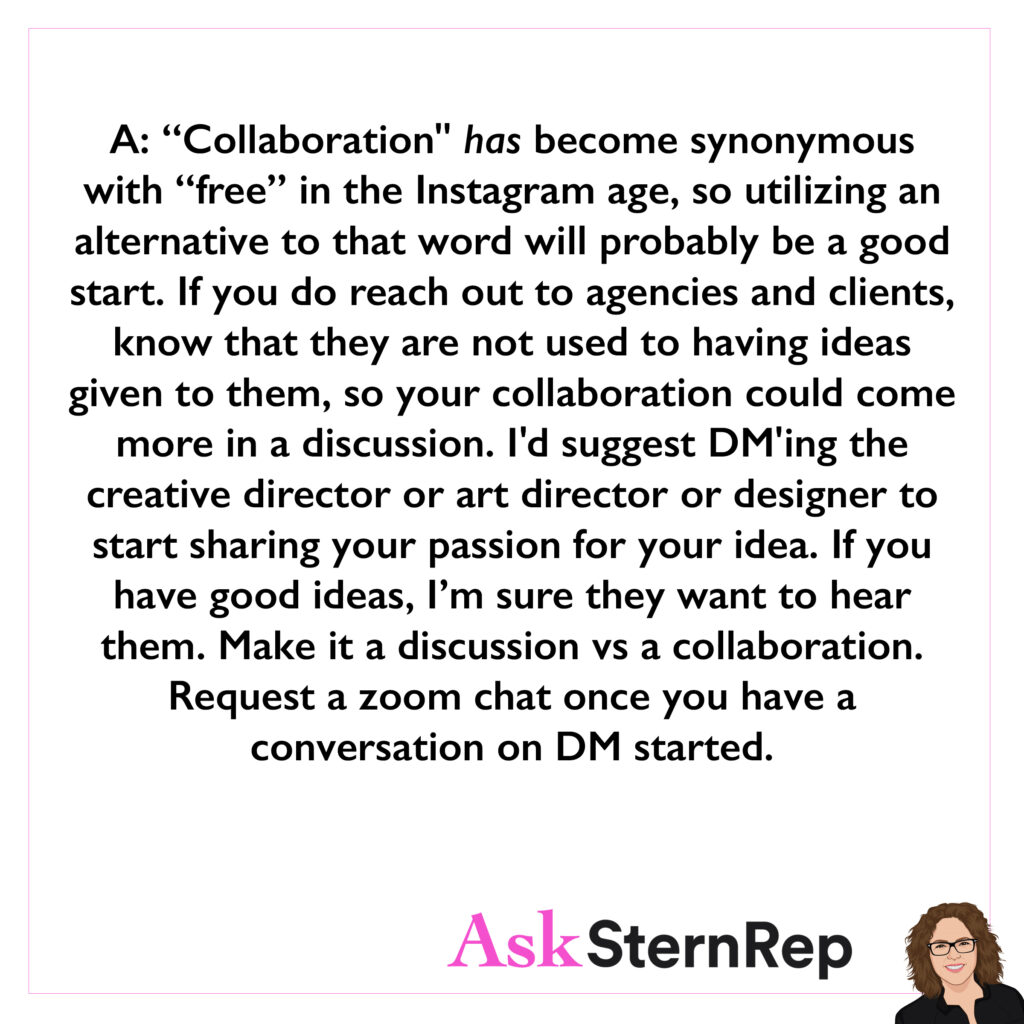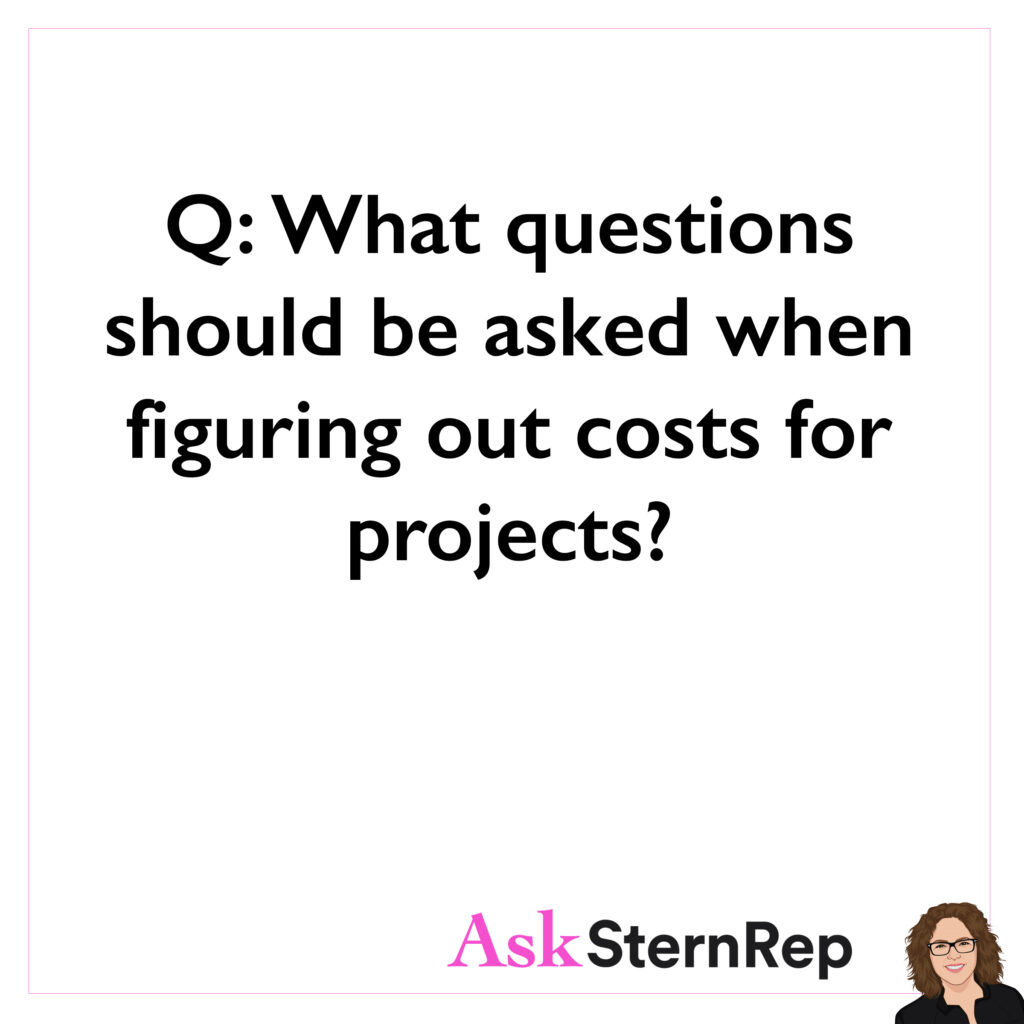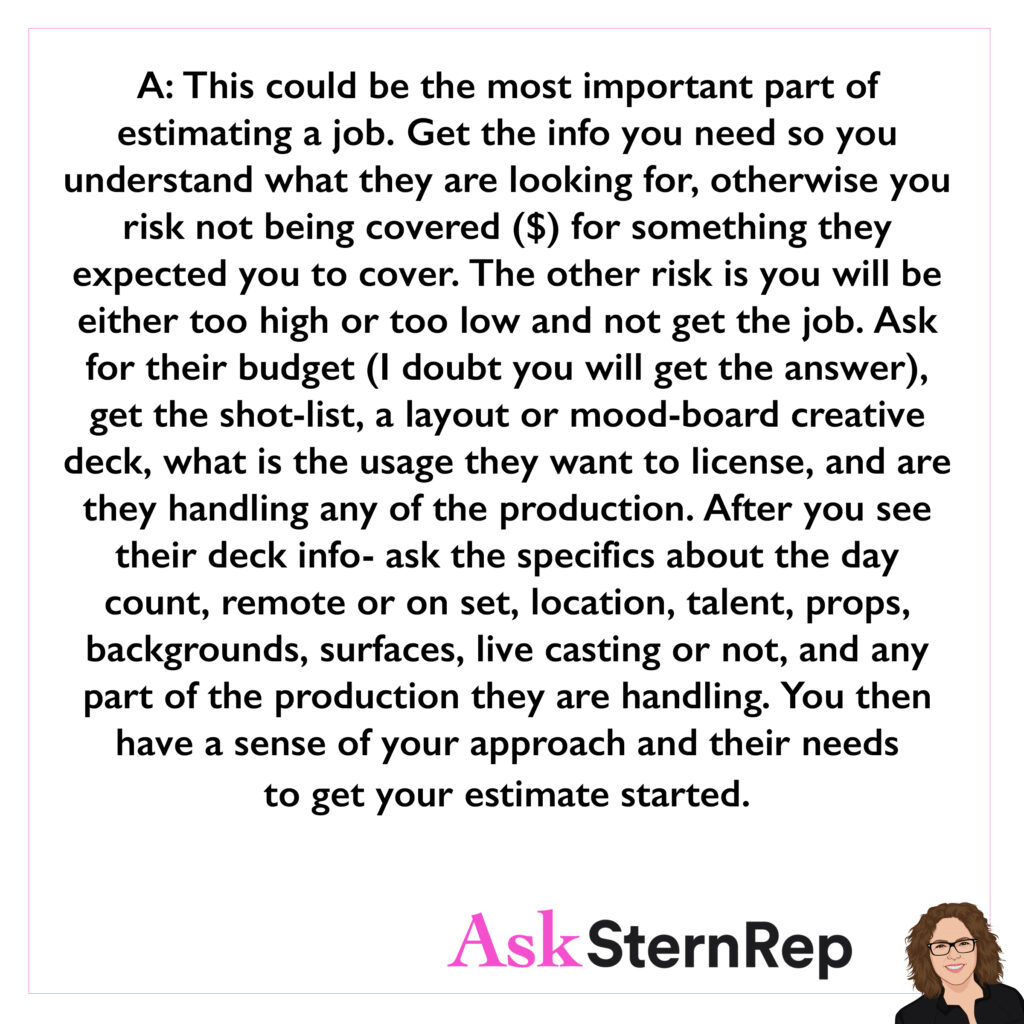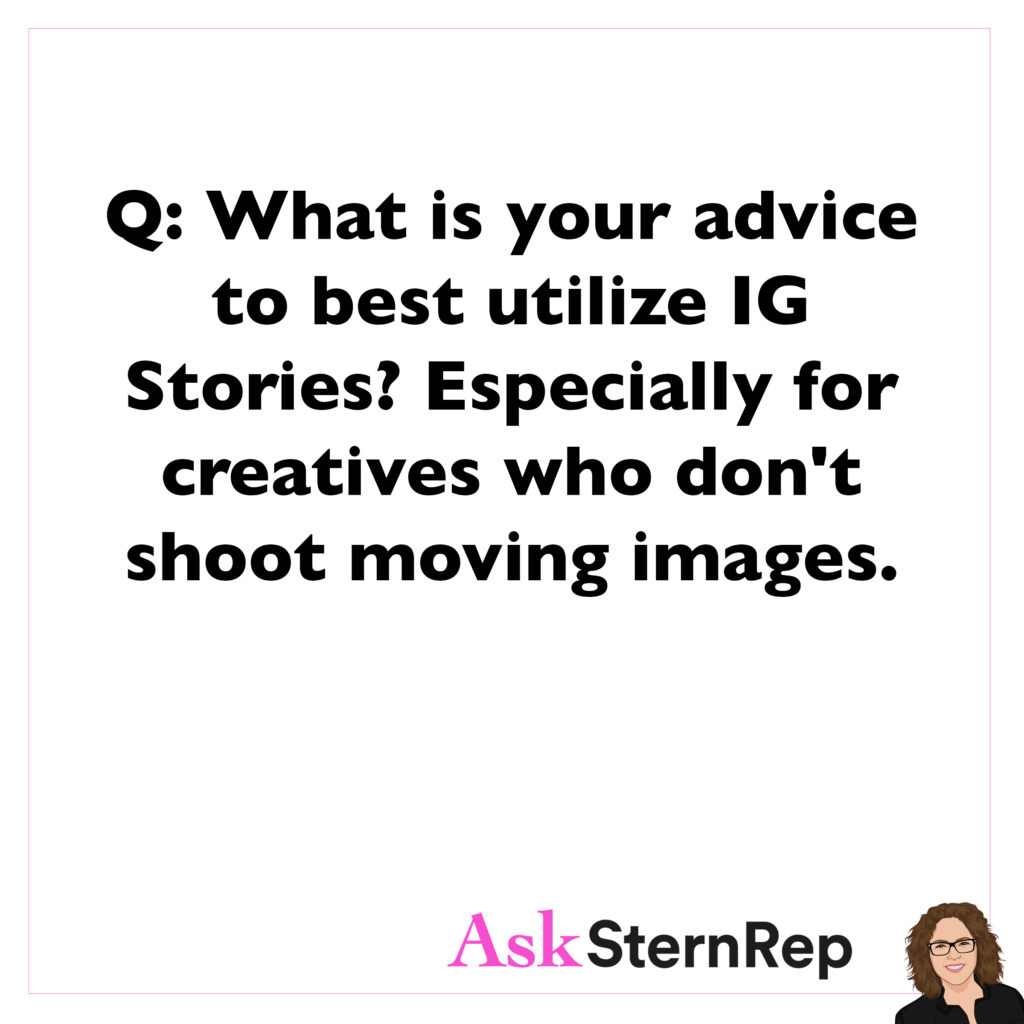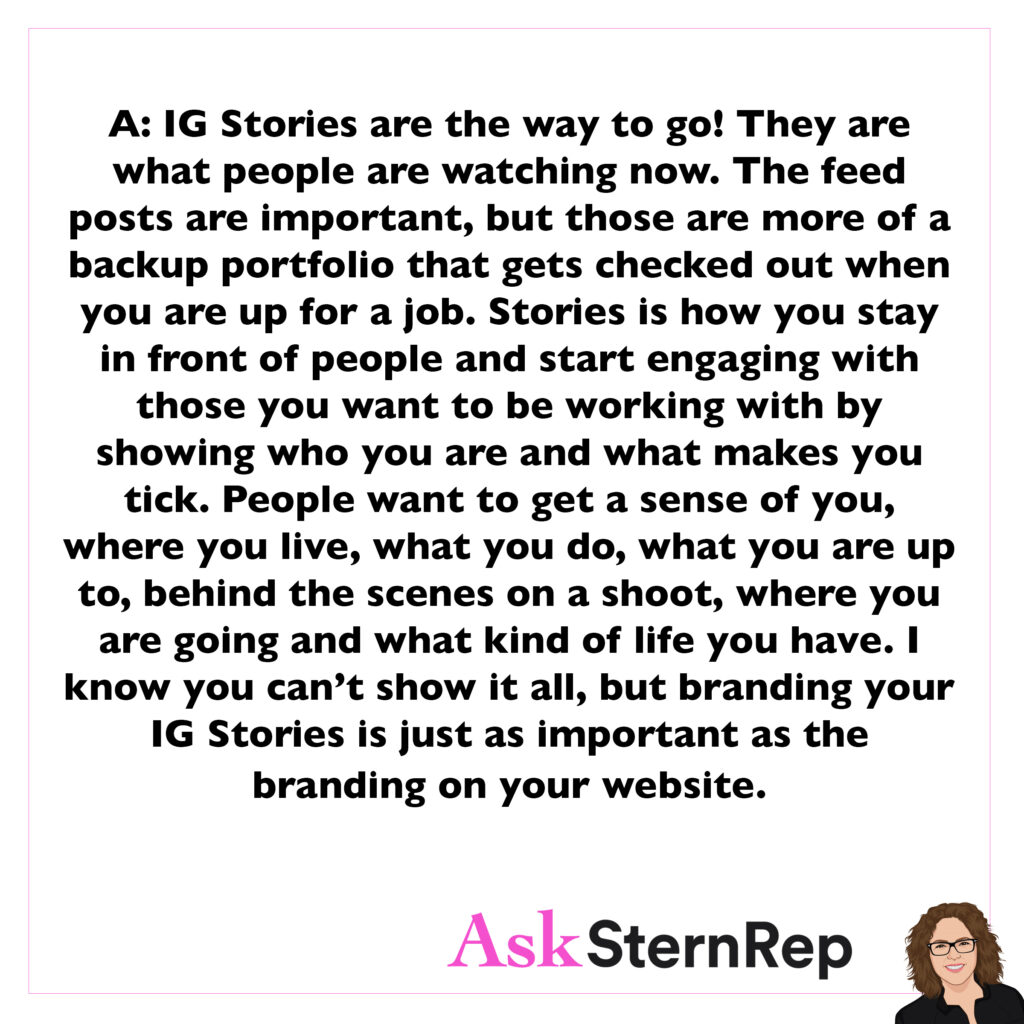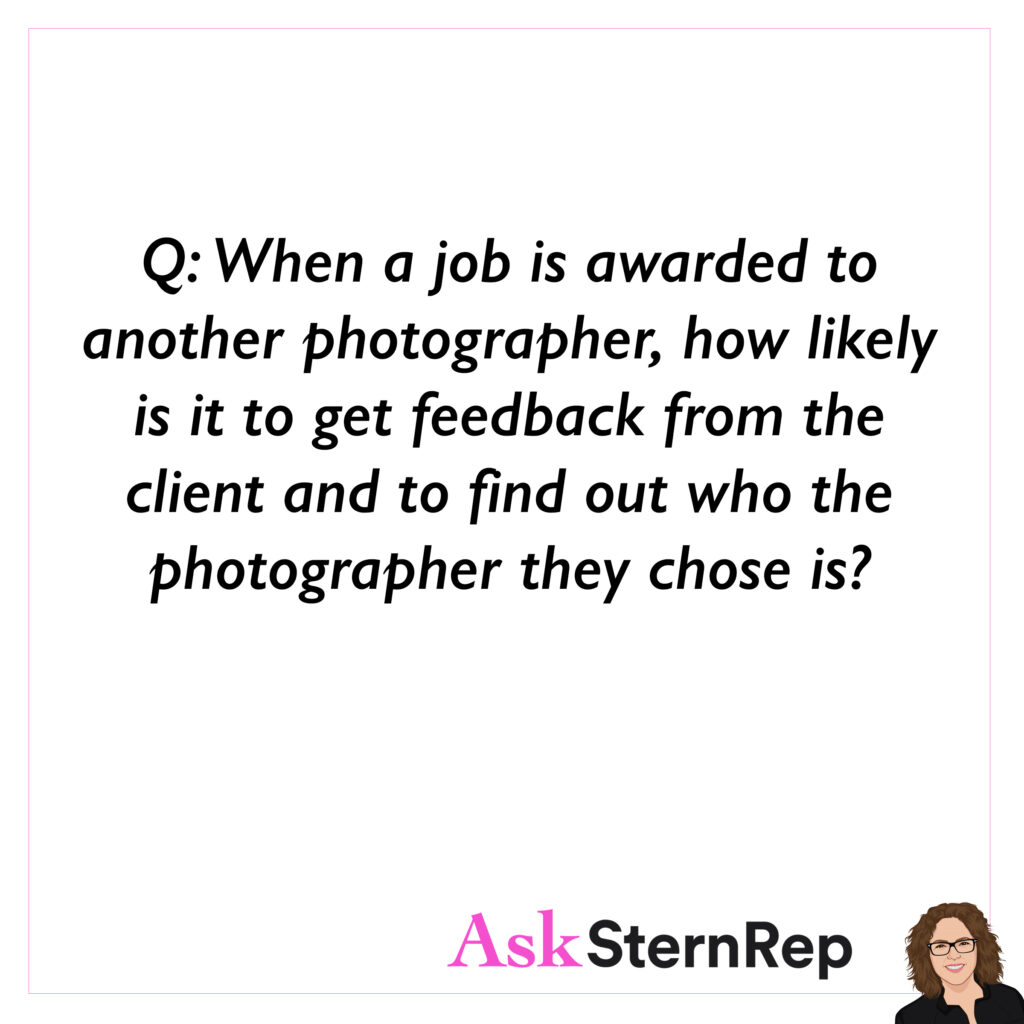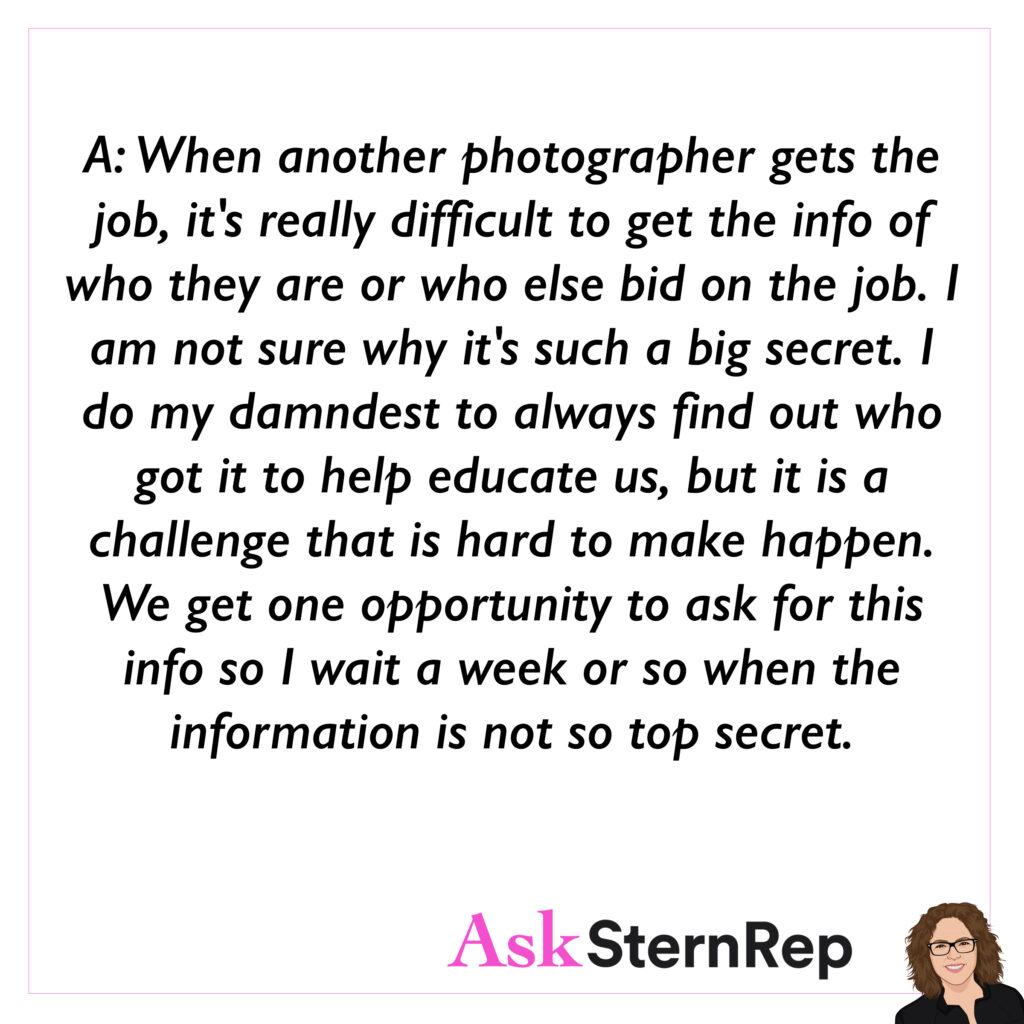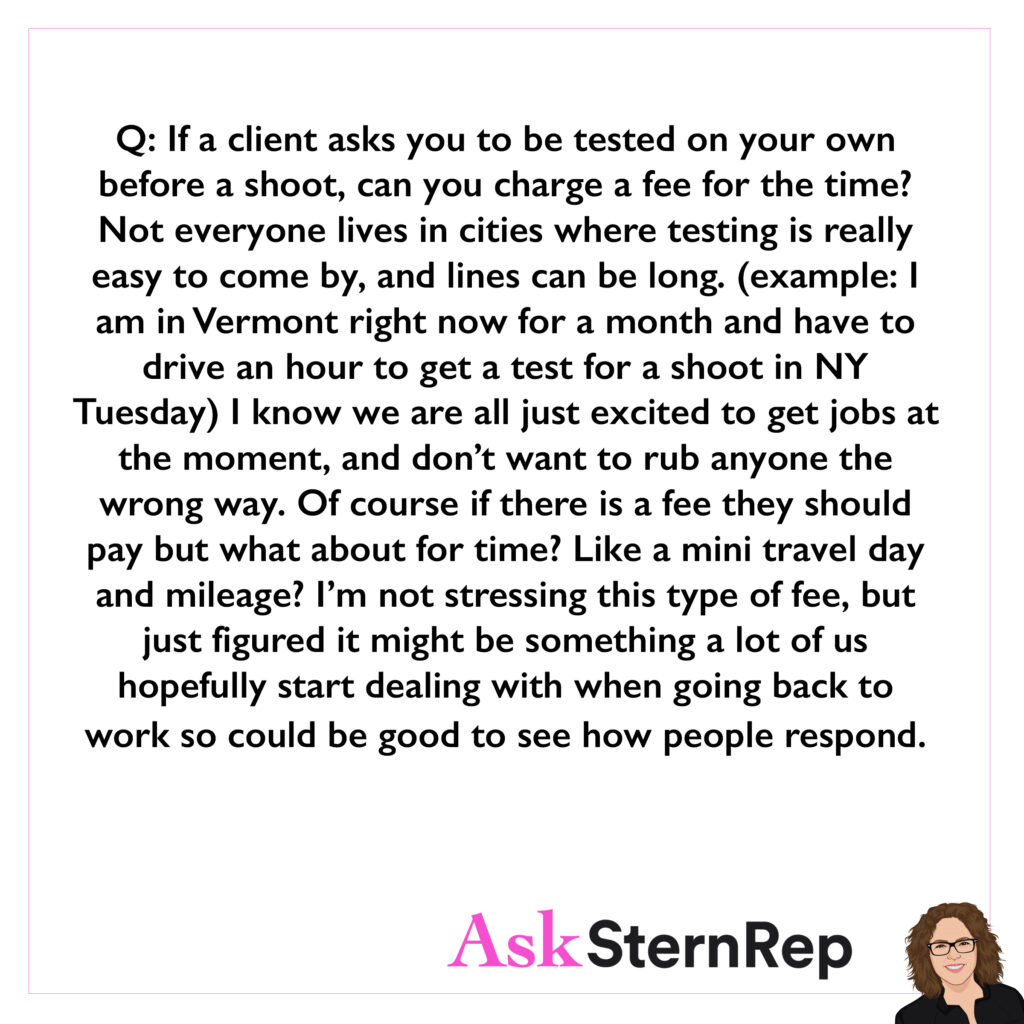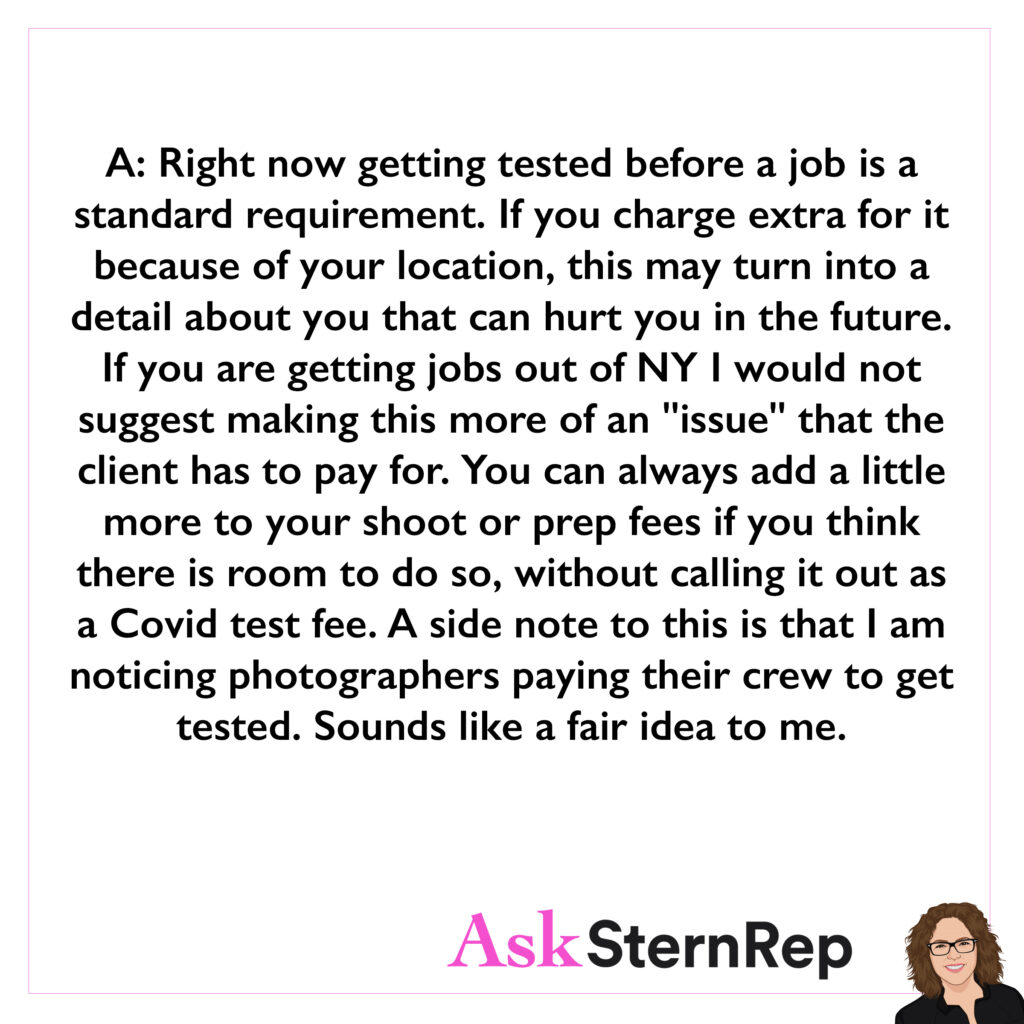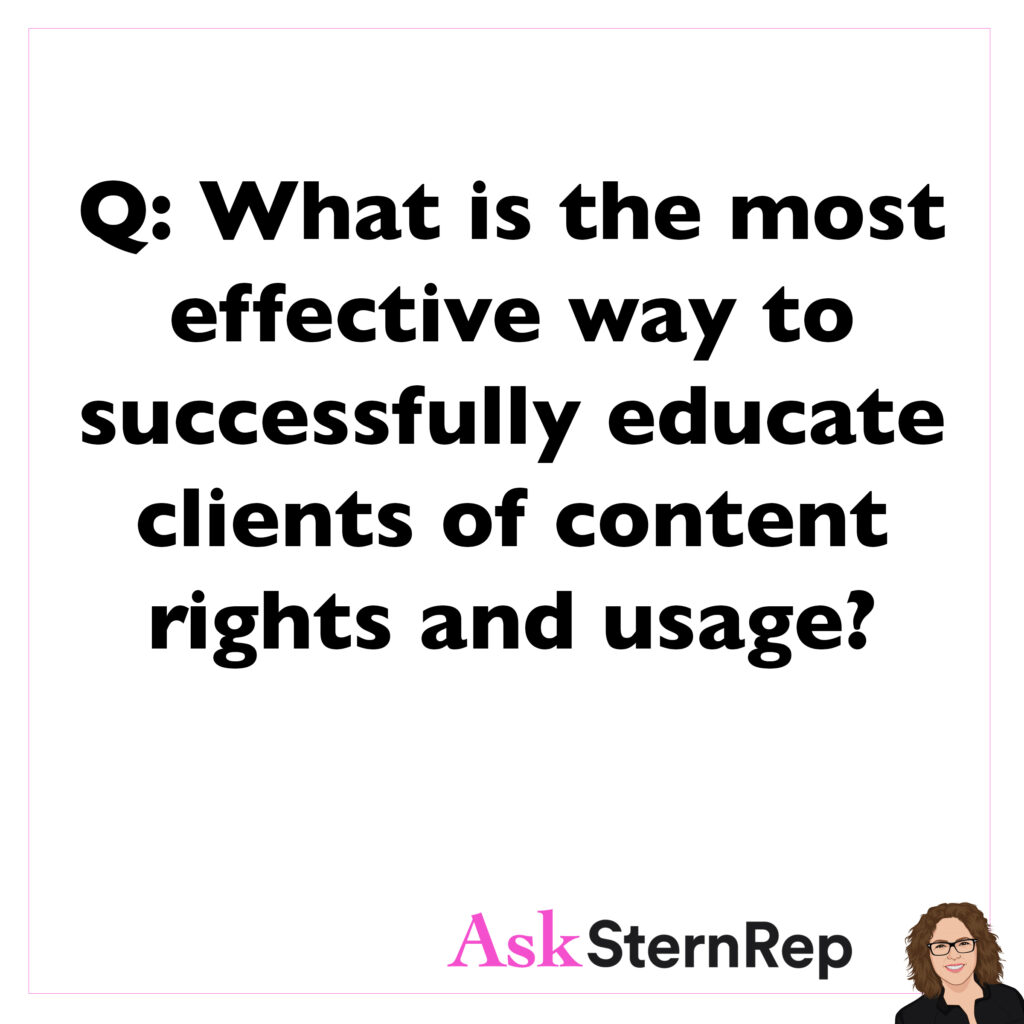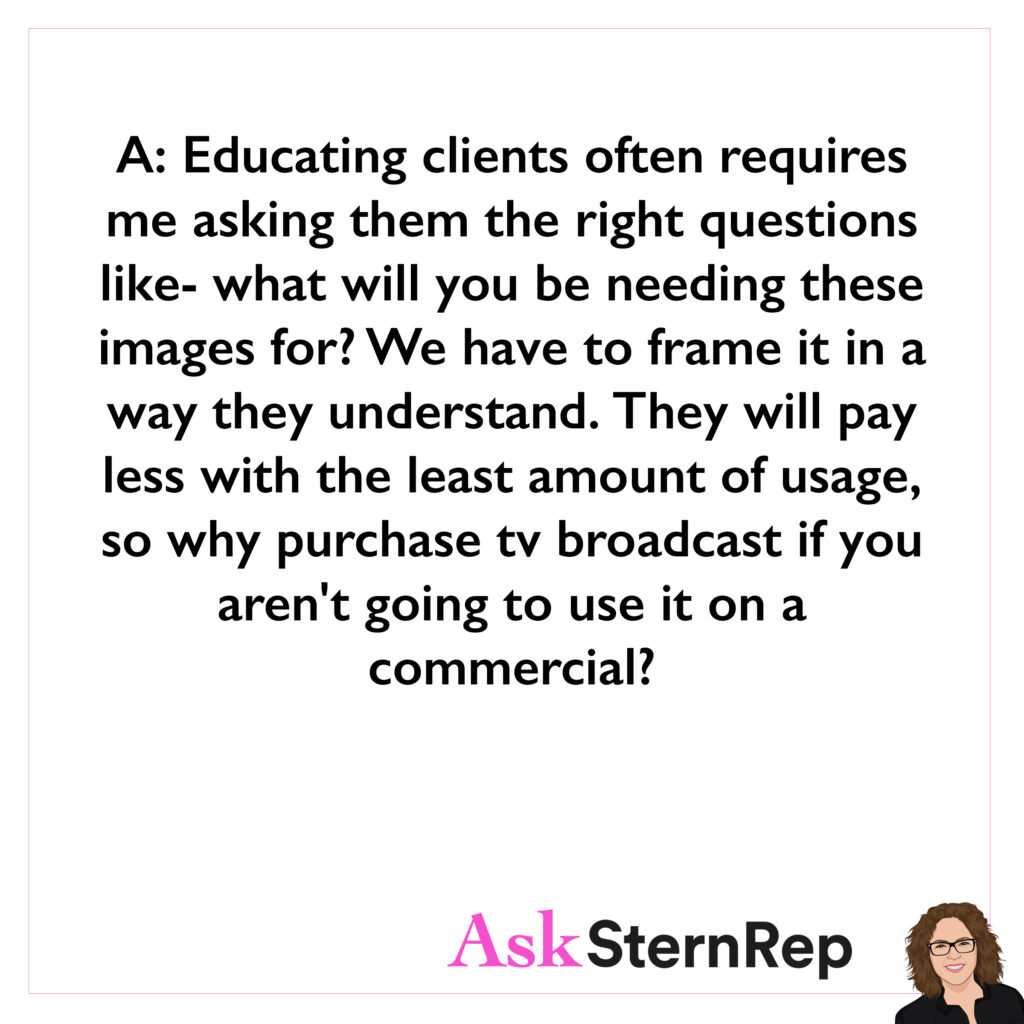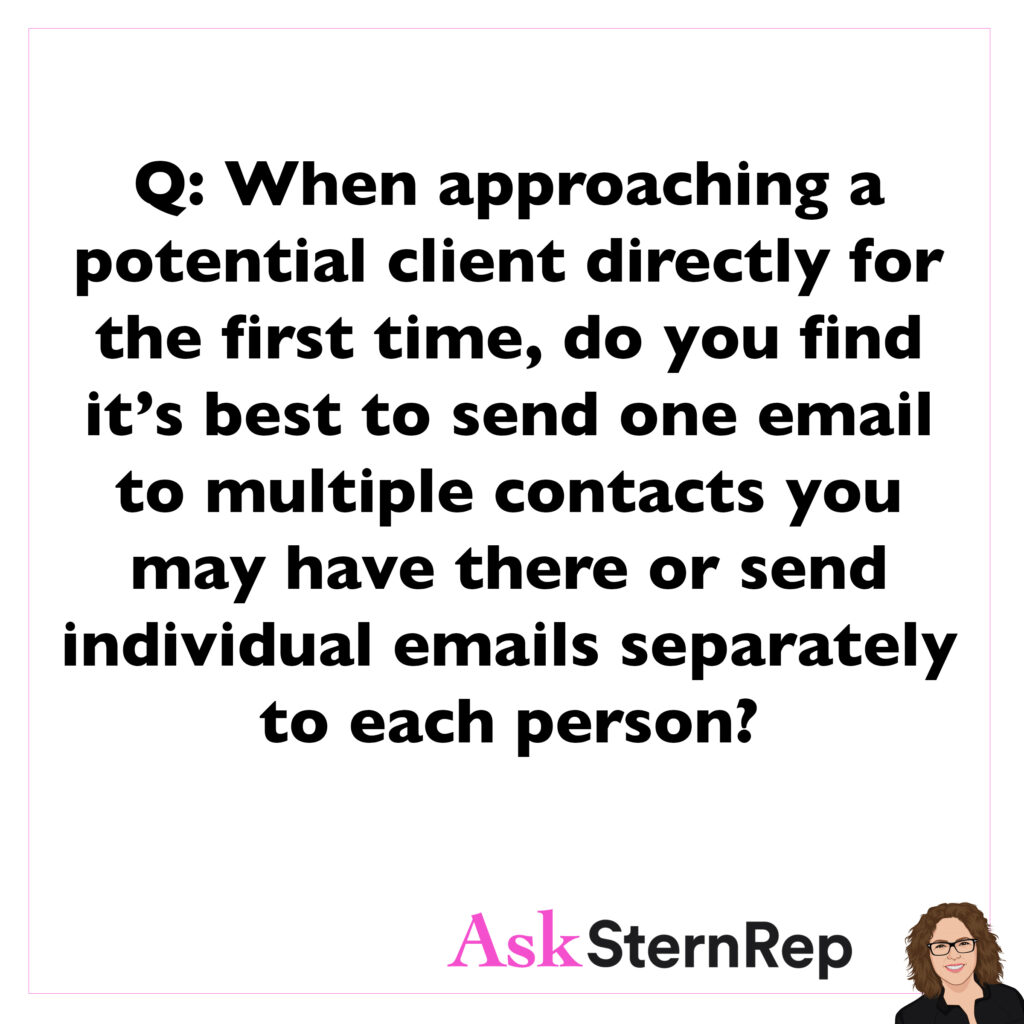
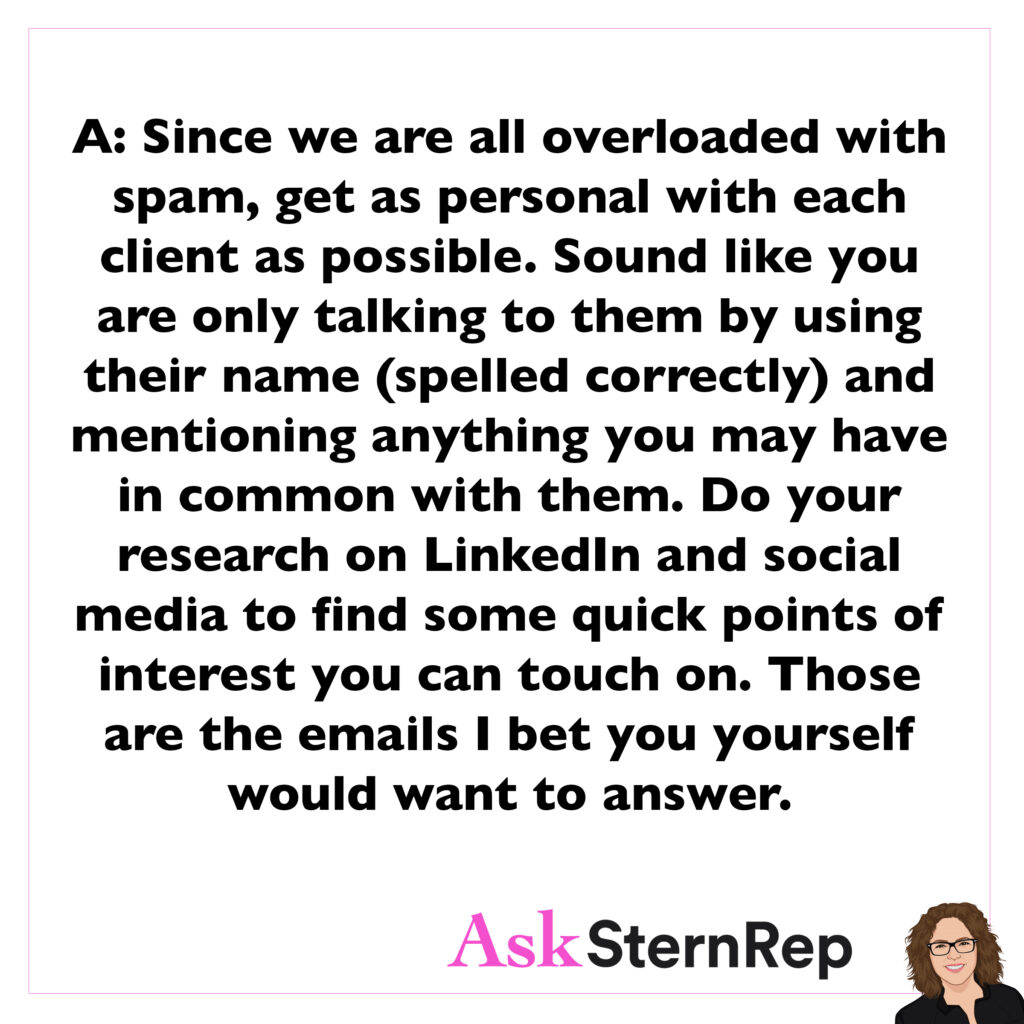
Q:
When approaching a potential client directly for the first time, do you find it’s best to send one email to multiple contacts you may have there or send individual emails separately to each person?
A:
Since we are all overloaded with spam, get as personal with each client as possible. Sounds like you are only talking to them by using their name (spelled correctly) and mentioning anything you may have in common with them. Do your research on LinkedIn and social media to find some quick points of interest you can touch on. Those are the emails I bet you yourself would want to answer.

